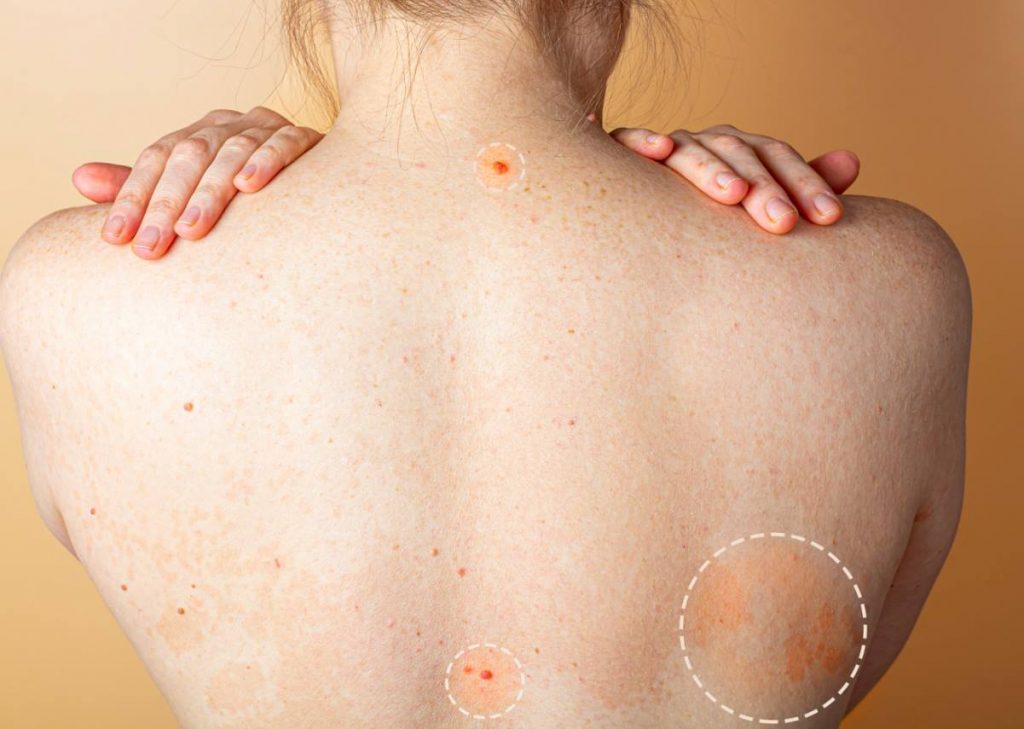
If you ever happened to notice a small red spot on your skin or someone else’s skin, you probably asked yourself what it could be. Apparently, the tiny skin growths, which are composed of blood vessels, are more likely to appear in people above 30, and the factors for such skin growths are hereditary, according to Medical News Today. These little bumps are actually fairly common: they occur in up to 50 percent of adults, according to a study in American Family Physician.
They’re usually red, but they can be blue and purple, and when you apply pressure, they turn white. These little bumps appear anywhere on the body, but the most common places are the chest, stomach, and back. In some cases, a cherry angioma can change shape over time and go from a bump to a flat and more uniform look with the skin.
You should be careful when you shave, scratch, pick, or rub at it. Sometimes, if you get carried away and get too rough with it, it can break, and bleeding can occur. If you see it change size, color, or texture and you notice it multiplying at a rate that you can’t keep up with, you should definitely contact your doctor.
Cherry angiomas might be confused with spider angiomas, which are a type of red mole with a slight difference from their cherry cousins. They are darker in the middle, and they have reddish webs that extend out from the main bump. According to Dr. Axe.com, spider angiomas are a sign of liver problems.
Overall, cherry angiomas are harmless unless you notice them changing too much. If they stay the same over time, they’re benign, and they don’t cause any pain or long-term health problems. While the cherry angioma itself is not a sign of cancer or a tumor, there are certain factors that may have caused it to appear in the first place.
If you’re under 30 and you don’t have a history of cherry angiomas in your family but you still found one on your skin, there are some risk factors to look at, like liver dysfunction and hormonal changes. There are also studies suggesting that the chemical bromide, a compound found in everyday items, including baking ingredients, prescription drugs, and plastic, creates a hormonal imbalance that leads to cherry angiomas.
So, if you see one and you think it looks suspicious or unhealthy, or if you’ve been in contact with bromide, contact your doctor and get tested. It’s very unlikely that your cherry angiomas are malign, and 70% of people over the age of 70 have one or several of these little red bumps, but it doesn’t hurt to be careful. You might be saving yourself from a chronic liver condition or a form of cancer.